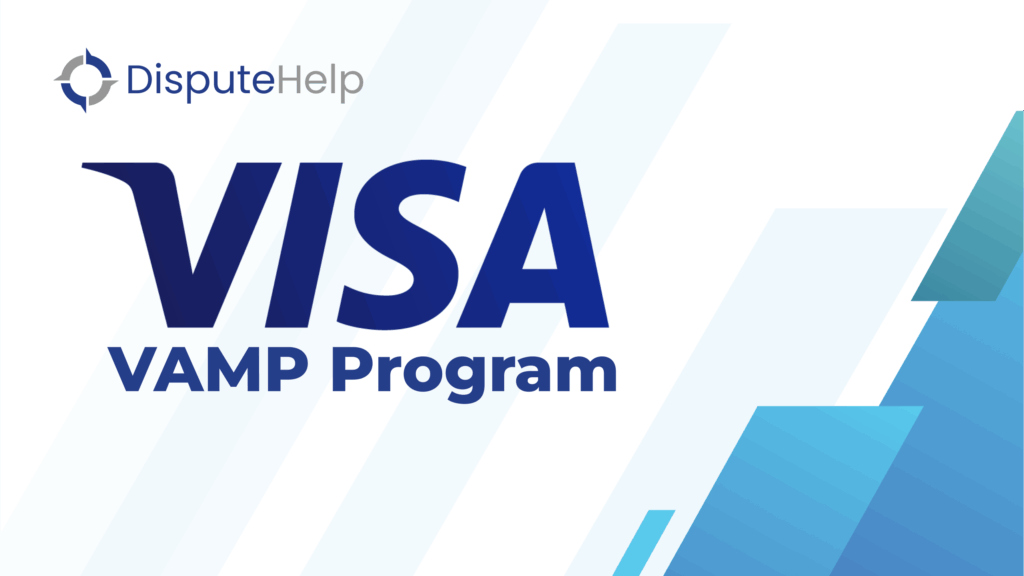What Is the Payments Ecosystem?
The payments ecosystem refers to the network of participants that work together to enable electronic transactions between merchants and customers. It is the backbone of the payments industry, making it possible for consumers to use credit cards, debit cards, and digital wallets at millions of businesses around the world. Every time a customer makes a purchase, this system processes the payment securely and ensures that funds move from the customer’s account to the merchant’s. At its core, the payments ecosystem relies on cooperation between several key players who have distinct but interconnected roles.Key Players in the Payments Industry
The payments industry brings together a range of organizations. Each plays a part in moving a transaction from authorization to settlement:Networks
Networks like Visa and Mastercard set the rules for card transactions, ensure standardization, and oversee dispute management frameworks. They also provide the infrastructure that connects issuers and acquirers.Issuers
These are the banks or financial institutions that provide credit or debit cards to consumers. Issuers authorize transactions on behalf of the cardholder and handle chargebacks when consumers dispute a transaction.Acquirers
Also known as merchant banks, acquirers work with merchants to process transactions. They ensure that payments are authorized and settled correctly.Processors
Processors handle the technical side of payment authorization and routing. They work on behalf of acquirers to ensure transactions move through the system efficiently and securely.ISOs
Independent Sales Organizations (ISOs) are third-party companies that help merchants access payment processing services. They act as intermediaries between acquirers and merchants, often providing sales support, customer service, and sometimes fraud prevention tools.Payment Gateways
Payment gateways are the software services that securely transmit payment data from a merchant’s website or point-of-sale system to the processor or acquiring bank. They encrypt sensitive information, handle tokenization, and provide the first layer of defense against fraud at the point of capture.Payment Facilitators (PayFacs)
Payment facilitators aggregate multiple sub-merchants under a single master merchant account. This model simplifies onboarding for small or emerging merchants by allowing them to process payments without securing their own direct acquiring relationship. PayFacs manage underwriting, compliance, and settlement for their sub-merchants, making them an important link for marketplaces and platform-based businesses.Merchants and MSPs
Merchants are the businesses that sell goods and services. MSPs (Merchant Service Providers) support merchants by providing tools and expertise to manage chargeback risk, among other responsibilities.How Transactions Flow Through the Payments Ecosystem
When a customer swipes their card or checks out online, several behind-the-scenes steps happen in seconds. The payment gateway encrypts the card data and sends it to the processor. The processor routes the request through the card network to the issuer, which verifies the funds and either approves or declines the transaction. That decision travels back through the same chain to the merchant’s point of sale. Once approved, the acquirer settles the funds to the merchant’s account, while any disputes or adjustments later in the lifecycle are coordinated among these same parties.Where Acquirers, ISOs, PayFacs, and MSPs Fit In
Acquirers sit at the center of settlement, receiving funds from the issuer (via the network) and depositing them into the merchant’s account. They manage merchant underwriting, chargeback liability, and compliance with network rules. Independent Sales Organizations (ISOs) work as sales and support arms for acquirers. While they don’t move funds themselves, they enroll merchants, provide account support, and may bundle fraud tools or reporting dashboards. Payment Facilitators (PayFacs) operate a “master” merchant account with the acquirer. They onboard sub-merchants under this umbrella, handle underwriting and compliance for those sub-merchants, and route transactions through their own system to the acquirer. Merchant Service Providers (MSPs) oversee entire merchant portfolios, often coordinating multiple acquirers, ISOs, and PayFacs. Their role is to unify risk management, chargeback prevention, and operational support across these relationships.Why the Payments Industry Structure Matters for Chargeback Prevention
When you understand how these players interact, it becomes easier to see how disputes and chargebacks arise. A dispute can be triggered at multiple points in the process. For example, if a billing descriptor provided by the acquirer is unclear, the customer might not recognize the transaction and file a dispute. Similarly, miscommunication between a processor and a merchant could result in delays that frustrate customers and lead to chargebacks.Common Pain Points for Newcomers to the Payments Industry
For those new to the payments industry, navigating the ecosystem can feel overwhelming. The payments landscape brings together financial institutions, technology providers, and regulatory frameworks that are all interconnected. Understanding how these pieces fit together is not always straightforward, and gaps in knowledge can leave a business vulnerable to operational inefficiencies or unnecessary chargeback losses. Newcomers often find that managing payments involves more than simply accepting funds, it requires a strategic approach to relationships, technology, and compliance. Some of the most common challenges include:A Maze of Jargon
The payments industry has a language of its own, filled with terms like “issuer,” “acquirer,” “ISO,” and “network.” It is easy for newcomers to mix up these roles, which can lead to miscommunications or missed opportunities to prevent disputes. For example, a merchant might not realize that an acquirer and a processor are distinct entities, each with its own responsibilities in the transaction flow. Without clarity, it becomes harder to identify the right partner to contact when a chargeback issue arises.Limited visibility into chargeback triggers
Many new merchants and MSPs underestimate how often chargebacks are the result of preventable issues. Billing descriptors that confuse customers, inconsistent fulfillment processes, or unclear return policies can all lead to disputes. However, because these triggers may involve different parts of the payments ecosystem, identifying the root cause can be difficult. Newcomers often lack the reporting tools or analytics needed to spot patterns early and take corrective action.Difficulty managing relationships across entities
Each participant in the payments ecosystem whether it is the issuer, acquirer, network, processor, or ISO plays a unique role, and their priorities may not always align. New MSPs and merchants can struggle to coordinate communication or negotiate terms that best protect their business. For instance, delays in resolving a dispute can occur when an acquirer and processor are not aligned on documentation requirements or timelines. This complexity can slow down resolution efforts and increase the risk of chargeback losses.How DisputeHelp Supports Navigating the Payments Industry
DisputeHelp provides MSPs and merchants with the clarity and tools needed to navigate the payments ecosystem with confidence. Our solutions are designed to reduce chargeback risk by improving coordination between key players, streamlining data sharing, and helping merchants align with best practices. We focus on helping our merchants stay ahead of disputes so they can protect revenue and maintain strong relationships with customers and partners. Navigating the payments ecosystem does not have to be a source of stress or uncertainty. Whether you are seeking clarity on how networks, issuers, or acquirers operate, or looking for practical ways to reduce chargeback risk, DisputeHelp is here to guide you. Our team understands the unique challenges MSPs face in this complex landscape. If you have questions about the payments industry or want to explore how we can help you get started with the right chargeback prevention strategy, we invite you to contact us for a personal consultation.FAQs: Payments Industry and Chargebacks
What’s the difference between an issuer and a network?
A network, such as Visa or Mastercard, sets the rules for transactions and provides the infrastructure for payments. An issuer is the bank or financial institution that provides a card to the customer and handles transaction approvals and chargebacks.
What is the difference between a processor and an acquirer?
An acquirer (or acquiring bank) is the financial institution that works with merchants to accept card payments and manage settlements. A processor handles the technical aspects of routing and authorizing transactions, often on behalf of the acquirer. While both support transactions, the acquirer focuses on banking and risk, and the processor focuses on technology.
How does an ISO differ from a processor?
An Independent Sales Organization (ISO) is a third-party sales partner that helps merchants access payment services, often reselling processor or acquirer services. A processor is the technology provider that actually moves the transaction data between entities. ISOs facilitate the relationship, while processors handle the transaction flow.
What is the difference between a dispute and a chargeback?
We define a dispute as the initial claim a cardholder files when they question a transaction. If the dispute is not resolved in the early stages, it can become a chargeback, which reverses the transaction and debits the merchant’s account.
How does a billing descriptor relate to chargeback risk?
A billing descriptor is the text that appears on a customer’s statement describing a transaction. If this text is unclear or unfamiliar to the customer, it can lead to confusion and result in a dispute or chargeback, even if the transaction was legitimate.
How does DisputeHelp manage the payments ecosystem?
DisputeHelp acts as a trusted partner that simplifies the complexity of the payments ecosystem for MSPs. We provide the tools, expertise, and guidance needed to manage chargeback prevention, monitor transaction data, and align with best practices across networks, issuers, acquirers, processors, and ISOs. This allows MSPs to dedicate their time and energy to growing their business while we help protect revenue and reduce risk. If you want to learn how DisputeHelp can support your business, we encourage you to reach out to our team today.


